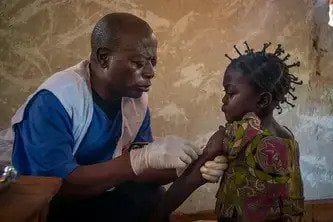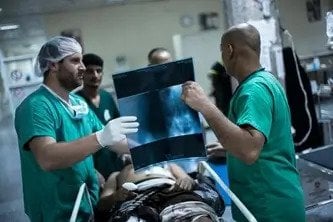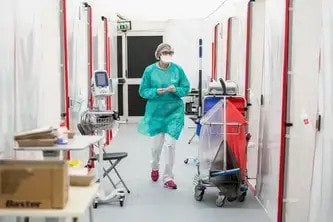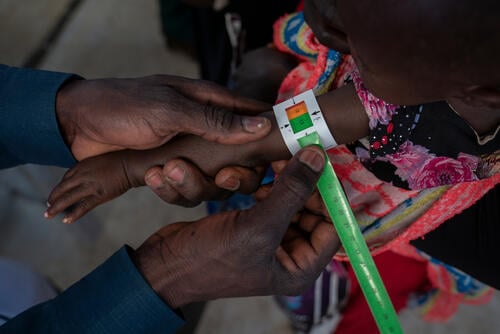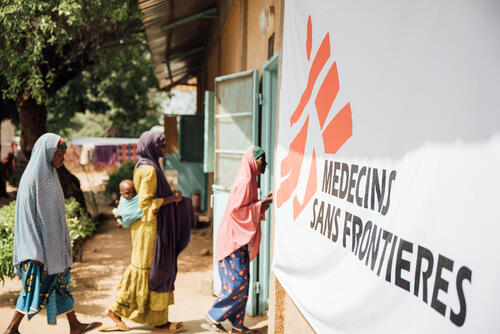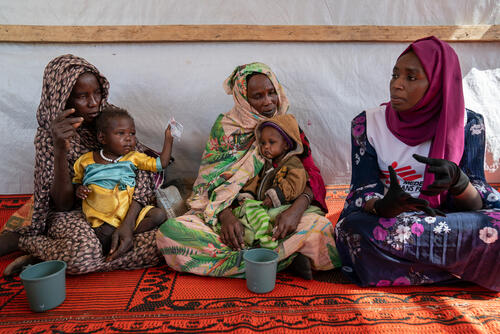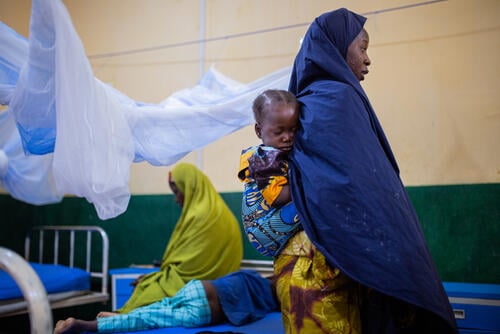Malnutrition can lead to a weakened immune system meaning children are more vulnerable to disease. These diseases can lead to further malnutrition, creating a vicious cycle of malnutrition and disease.
MSF first introduced specific therapeutic foods to treat malnutrition on a large scale as long ago as 2005, which has been widely used since; but access to specific and necessary nutrition remains one of the major challenges in reducing child mortality, especially in conflict-affected countries, where they are most vulnerable.

499,500
499,5
161,000
161,
Quick facts about malnutrition

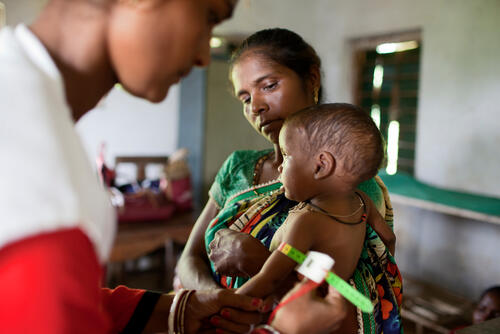
MSF screens a community for potential malnutrition by conducting nutritional assessments, and during almost all of our outpatient and inpatient services not dedicated specifically to nutrition and during other interventions. Our teams assess children by comparing their weight-for-height ratio to international WHO standards, and/or by measuring a child’s mid-upper-arm circumference (MUAC) using colour-coded paper bracelets. MUAC measurements are also simple enough to be used at a village level by community health workers.

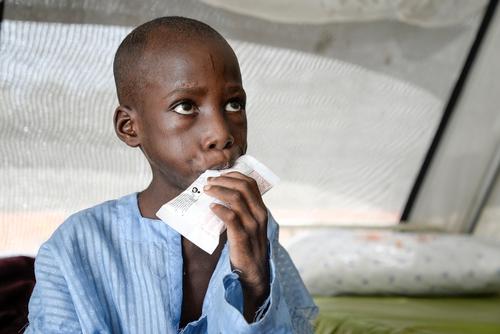
The widespread use of ready-to-use therapeutic food (RUTF), that can be stored long-term without refrigeration and contains a specific balance of nutrients, allows us to more effectively fight against malnutrition. RUTF can be either a paste, much like peanut butter, or in a biscuit form. The majority of children can be treated at home by their family with follow-up appointments at a clinic. This strategy can result in cure rates of over 90 per cent and reduce referral to inpatient care.

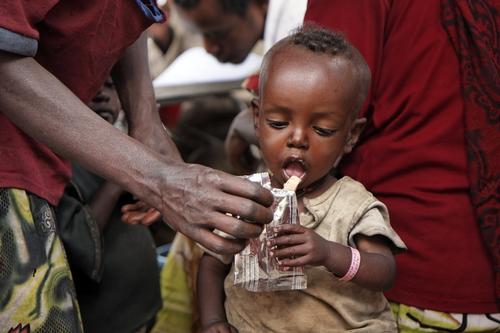
In some regions, our teams run malnutrition prevention projects to stop children falling ill, especially after a yearly “hunger gap”. MSF starts working and sets up outpatient clinics months before malnutrition cases peak at the start of the rainy season. In areas where malnutrition is likely to become severe, our teams take a preventative approach by distributing a nutritious supplement to at-risk children across Africa and Asia and making sure other disease prevention initiatives, like vaccinations and malaria chemoprophylaxis, are implemented.
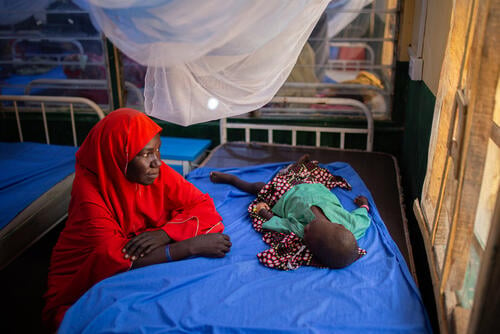
Neglected humanitarian crisis escalates in northwest Nigeria

Urgent response at transit sites in South Sudan essential to prevent deadly outbreaks
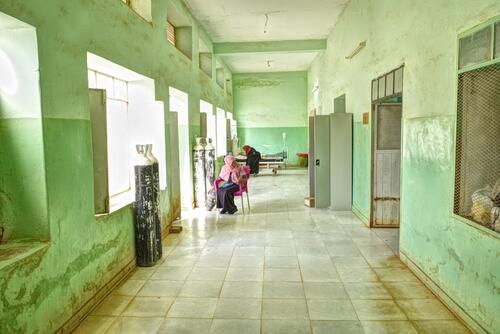
Addressing myriad medical needs amidst conflict in Sudan
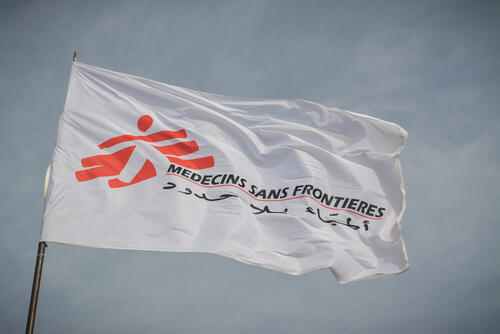
Urgent response needed amid high death rates and malnutrition crisis in North Darfur
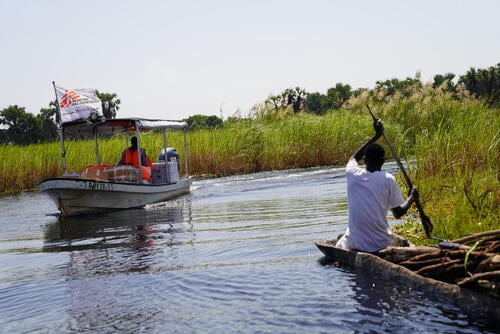
MSF launches mass vaccination campaign amid deadly hepatitis E outbreak in South Sudan
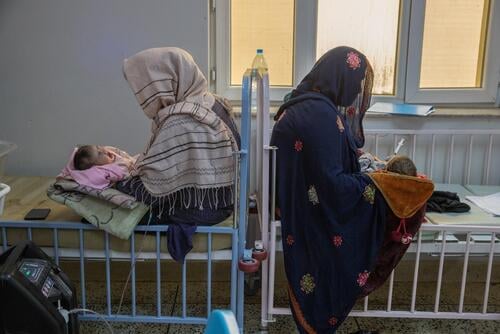
Critical gaps in paediatric and neonatal care in Afghanistan’s northern provinces
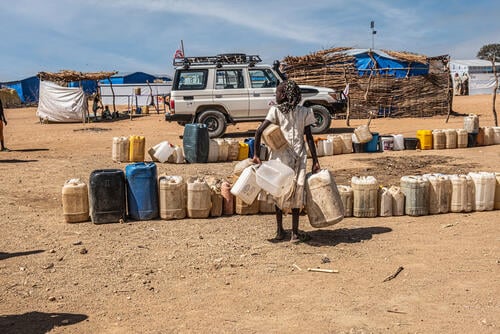
Severe lack of water causing serious health risks for children in Chad
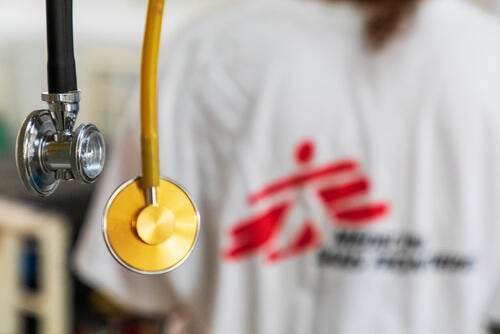
Malnutrition crisis grips children trapped in western Burkina Faso
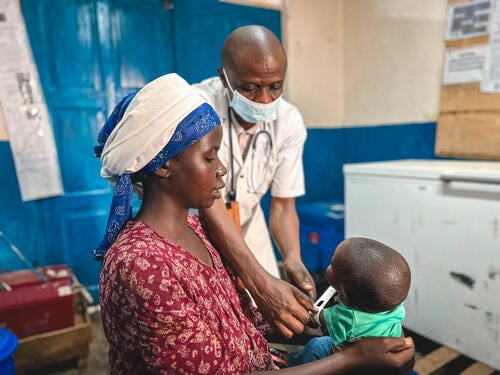
Violence exacerbates malnutrition in North Kivu, DRC
MSF Malnutrition Research
fieldresearch.msf.orgWe produce important research based on our field experience. So far, we have published articles in over 100 peer-reviewed journals. These articles have often changed clinical practice and have been used for humanitarian advocacy. Read all our Malnutrition-related articles on our dedicated Field Research website.
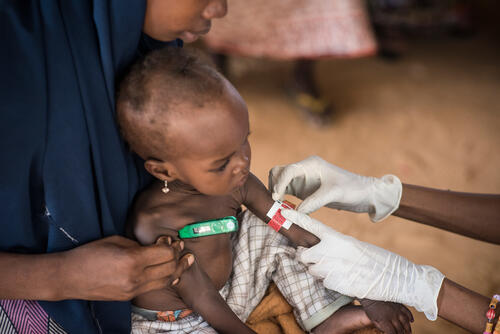
A child is screened for malnutrition using a mid-upper arm circumference band in Maiduguri, Nigeria, July 2017.
